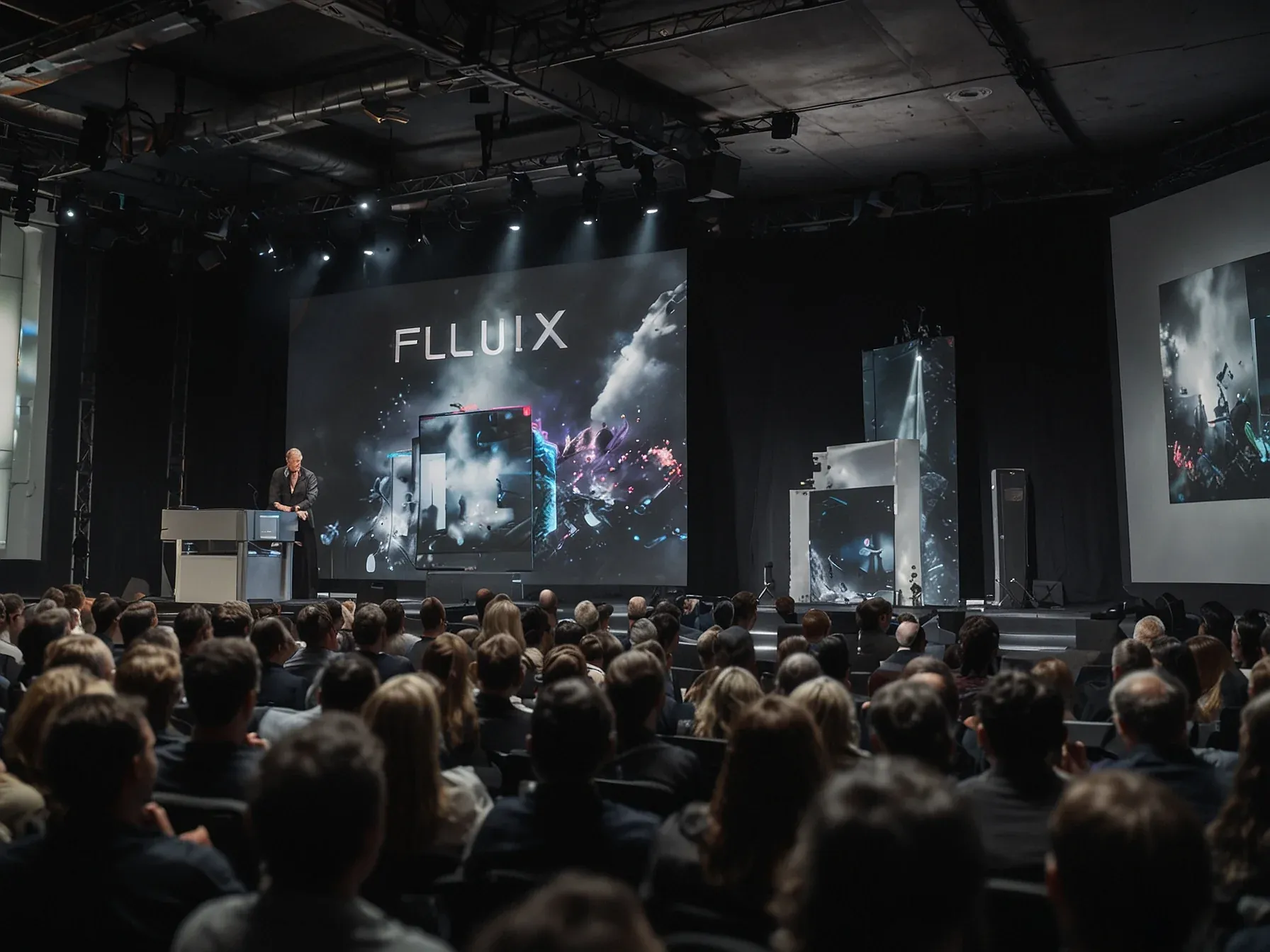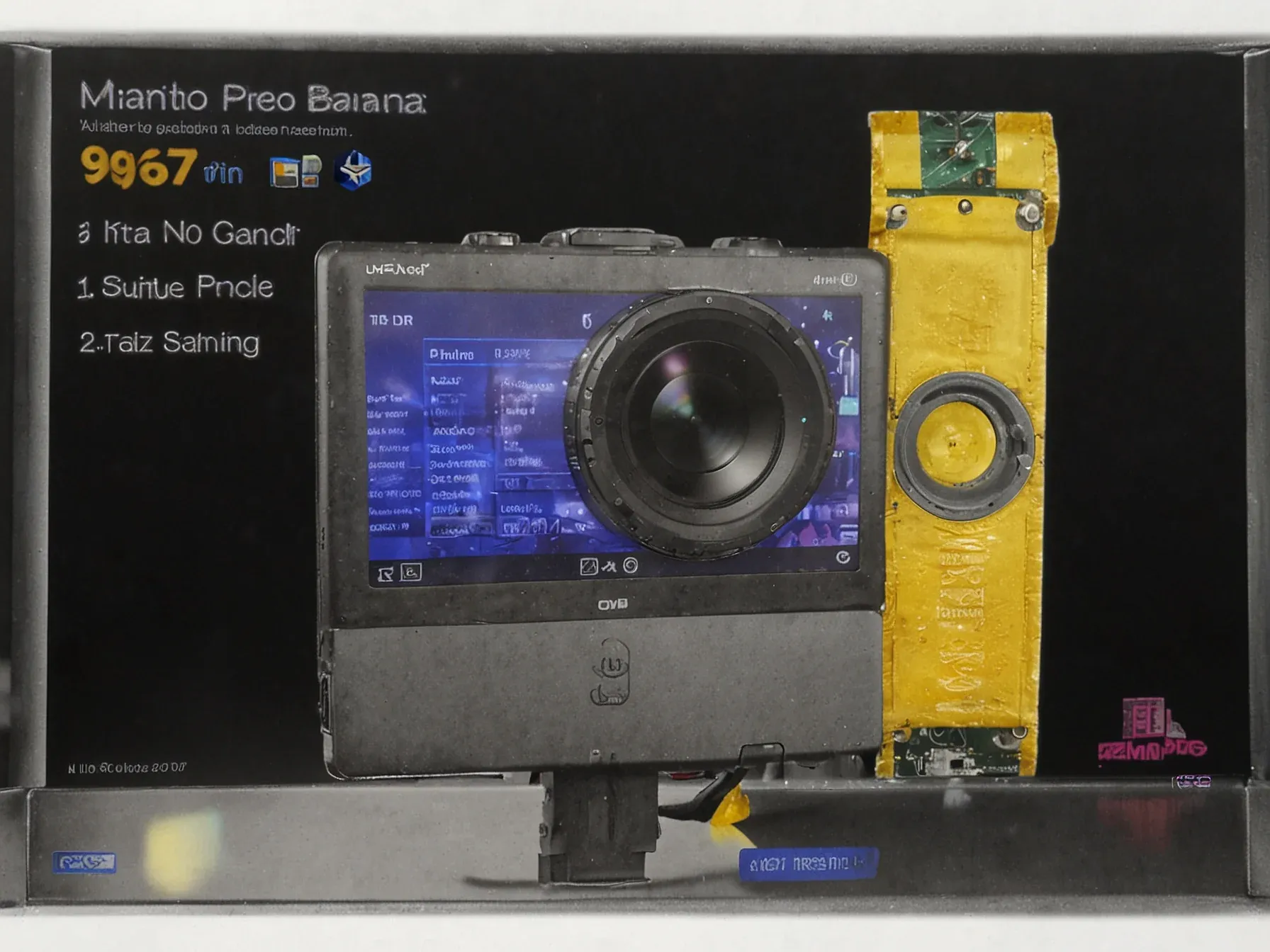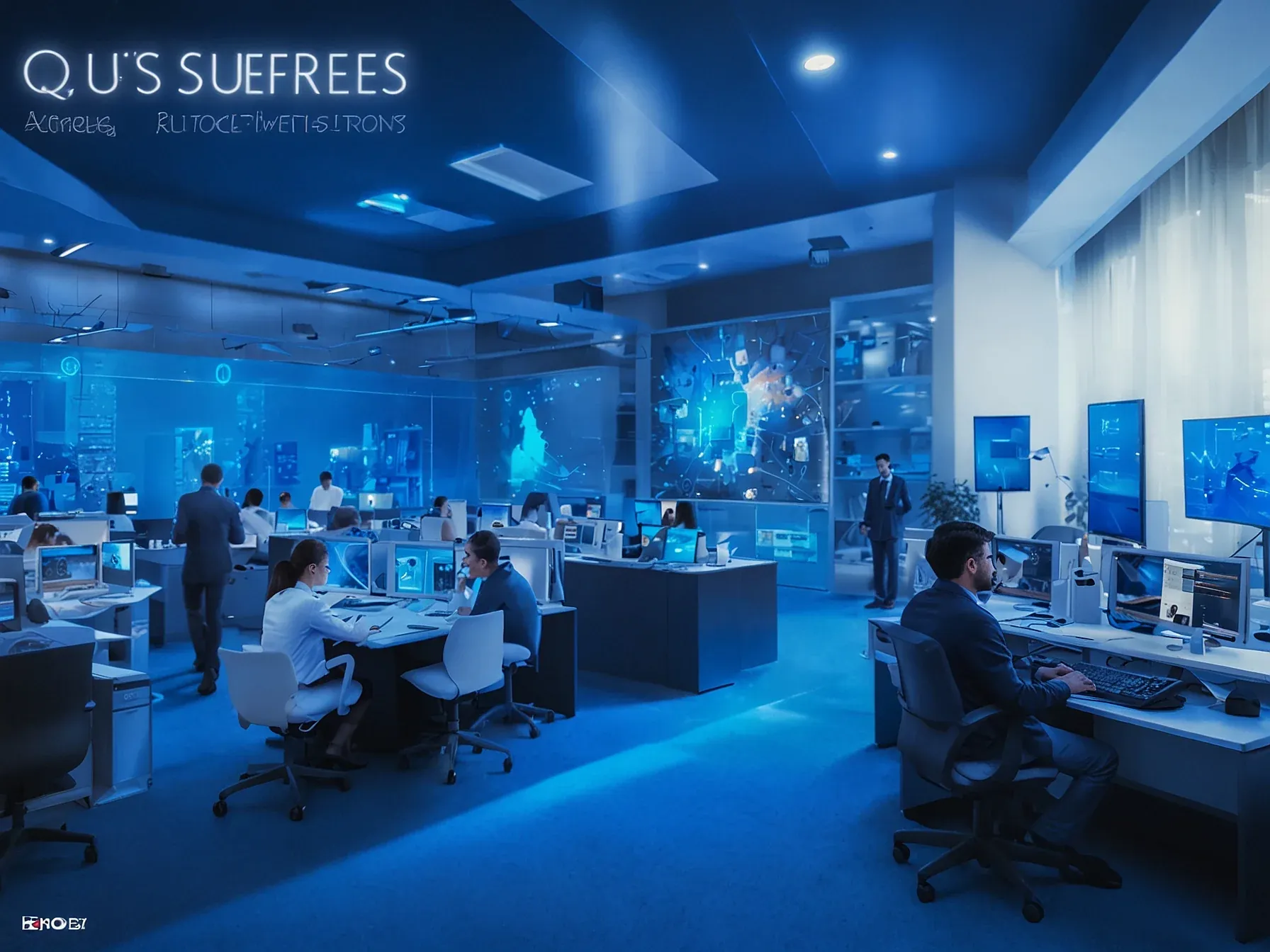
Black Forest Labs releases Flux.2 Apache‑2.0, vs Nano Banana Pro, Midjourney
Black Forest Labs is putting a new AI image model on the market, and it’s doing so with a licensing choice that few competitors have made. While Nano Banana Pro and Midjourney have kept their code under more restrictive terms, the company has opted for an Apache 2.0 release—an option that permits commercial use without the usual legal hoops. The move signals a clear intent to attract developers who want a ready‑to‑run model without worrying about royalties or closed‑source constraints.
At the same time, the firm claims the model has been “size‑distilled,” meaning it should punch above its weight class compared with other models built from the ground up at a similar scale. For startups eyeing cost‑effective generative tools, that promise of higher performance in a smaller footprint could be a deciding factor. Here’s what the lead researcher, Klein, says about the upcoming version and its licensing.
Flux.2 [Klein]: Coming soon, this size-distilled model is released under Apache 2.0 and is intended to offer improved performance relative to comparable models of the same size trained from scratch. Flux.2 - VAE: Released under the enterprise friendly (even for commercial use) Apache 2.0 license, updated variational autoencoder provides the latent space that underpins all Flux.2 variants. The VAE emphasizes an optimized balance between reconstruction fidelity, learnability, and compression rate--a long-standing challenge for latent-space generative architectures.
Benchmark Performance Black Forest Labs published two sets of evaluations highlighting FLUX.2's performance relative to other open-weight and hosted image-generation models. In head-to-head win-rate comparisons across three categories--text-to-image generation, single-reference editing, and multi-reference editing--FLUX.2 [Dev] led all open-weight alternatives by a substantial margin.
Black Forest Labs' FLUX.2 arrives as a four‑model suite aimed at production‑grade creative pipelines. It brings multi‑reference conditioning, higher‑fidelity outputs and sharper text rendering, features that set it apart from the likes of Nano Banana Pro and Midjourney. The size‑distilled variant is released under Apache 2.0, a license the company touts as enterprise‑friendly and suitable for commercial use.
Likewise, the accompanying VAE model carries the same permissive terms, suggesting an intent to lower barriers for developers. Yet, performance claims—improved results relative to comparable models trained from scratch—lack independent benchmarks, leaving it unclear whether FLUX.2 will consistently outperform its peers in diverse workloads. The open‑source stance may invite community scrutiny, but adoption will depend on real‑world stability and integration ease.
For now, the announcement adds another option to an increasingly crowded field, and its impact will hinge on how the promised fidelity and conditioning translate into usable output across varied applications. Further testing will reveal its true standing.
Further Reading
- Black Forest Labs launches Flux 2 with a new multi-reference feature - The Decoder
- Flux by Black Forest Labs: The Next Leap in Text-to-Image Models – Is It Better Than Midjourney? - Unite.AI
- Black Forest Labs' Flux.1 Outperforms Top Text-to-Image Models - DeepLearning.AI
- FLUX.2: Frontier Visual Intelligence | Black Forest Labs - Black Forest Labs (official blog)
Common Questions Answered
What licensing model does Flux.2 use and how does it differ from Nano Banana Pro and Midjourney?
Flux.2 is released under the Apache 2.0 license, which permits unrestricted commercial use and eliminates royalty requirements. In contrast, Nano Banana Pro and Midjourney are distributed under more restrictive licenses that limit commercial deployment and often impose closed‑source constraints.
What are the key technical improvements of the size‑distilled Flux.2 model compared to similarly sized models trained from scratch?
The size‑distilled Flux.2 model delivers higher‑fidelity outputs, sharper text rendering, and overall better performance while maintaining a compact footprint. These enhancements allow it to outperform comparably sized models that are trained from the ground up, offering superior image quality for production pipelines.
How does the new VAE accompanying Flux.2 contribute to the model’s capabilities?
The VAE, also released under Apache 2.0, provides an optimized latent space that balances reconstruction fidelity with learnability. This improves the quality of generated images and supports Flux.2’s multi‑reference conditioning by delivering more accurate and stable latent representations.
In what ways does Flux.2’s multi‑reference conditioning set it apart from competitors like Nano Banana Pro and Midjourney?
Multi‑reference conditioning enables Flux.2 to process several reference images or prompts simultaneously, producing more coherent and context‑rich results. Nano Banana Pro and Midjourney primarily rely on single‑reference generation, making their outputs less adaptable to complex compositional tasks.




